In 2017, I was excited to make my first nonfiction sale, ALL IN A DROP: HOW ANTONY VAN LEEUWENHOEK DISCOVERED AN INVISIBLE WORLD. The writing process had been a huge, fun learning curve. After multiple revisions with my editor, adding a timeline to my backmatter, and tidying up my source notes, an illustrator was selected. Hurray! My part was complete. Or so I thought.
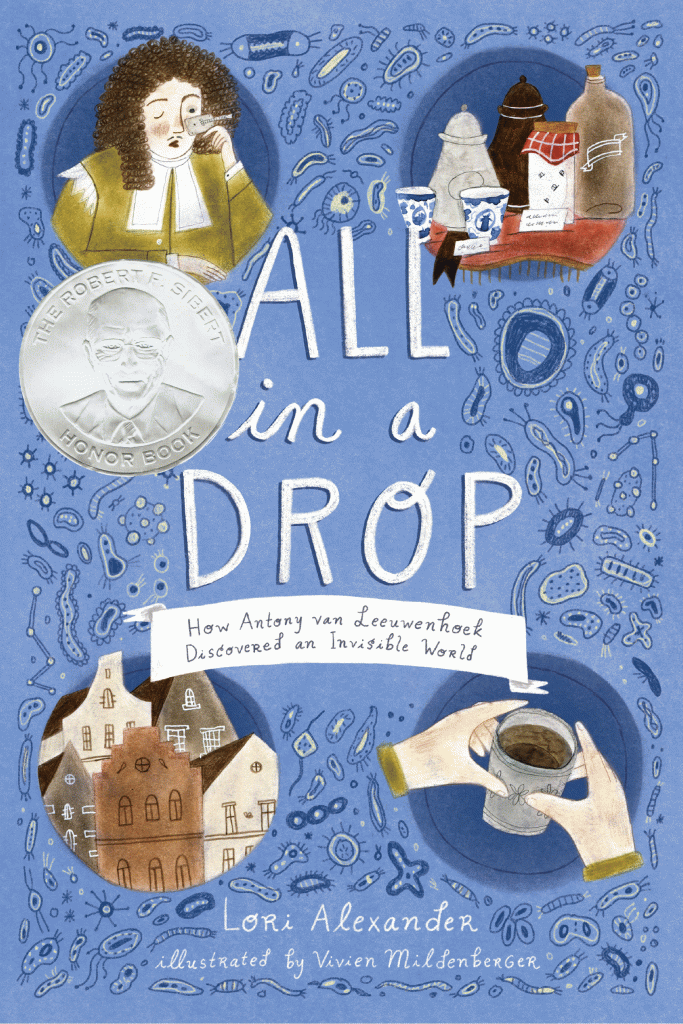
This chapter book called for photographs in addition to illustrations. I soon learned that it’s the job of the author to research images, obtain permissions, and pay for any photographs needed. For ALL IN A DROP, I found low cost photos at sites like ScienceSource and iStock as well as free historical images from the WellcomeCollection. Telling kids that bread mold and fly legs were the first things Antony looked at with his microscope is one thing. Showing them is another!
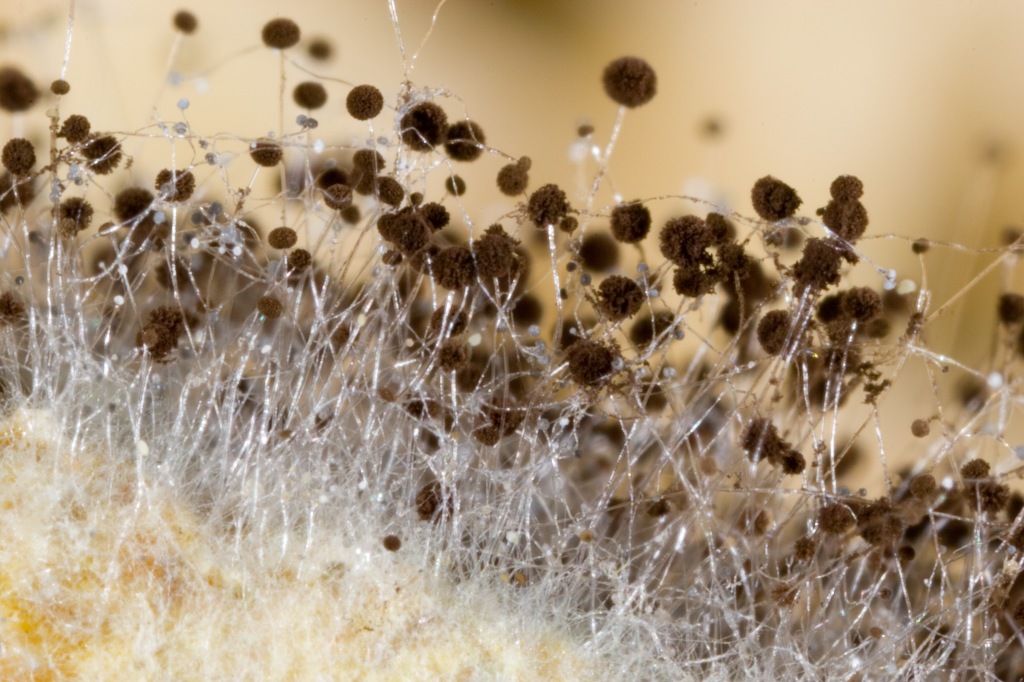
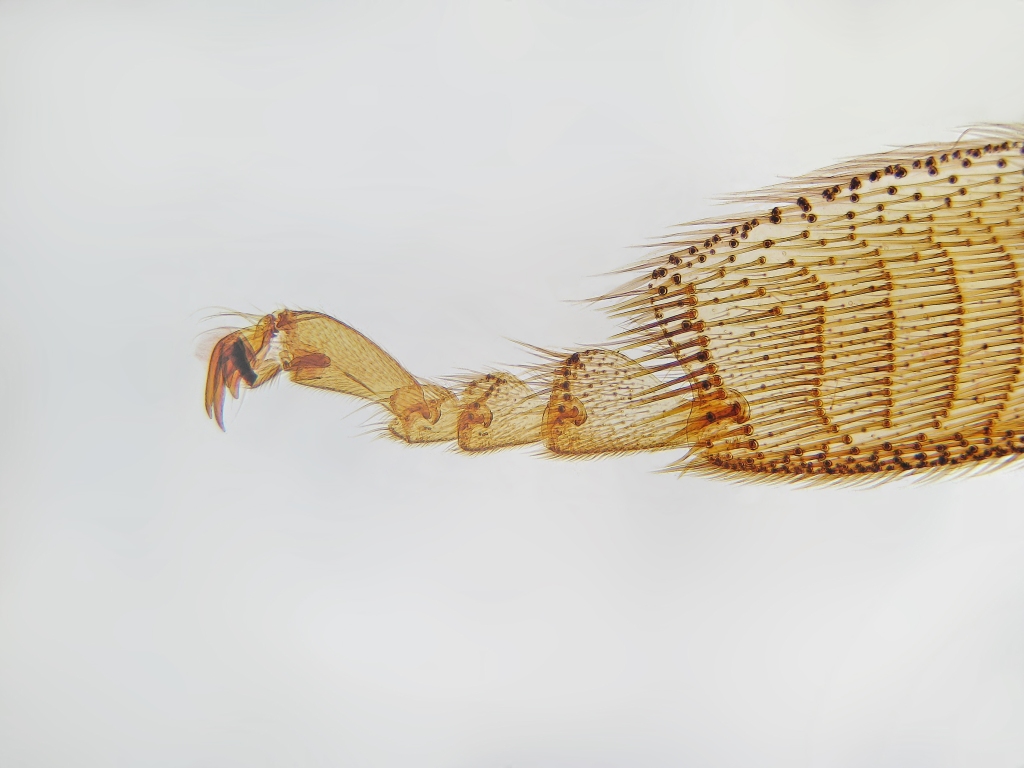
My second nonfiction book, the newly released A SPORTING CHANCE: HOW LUDWIG GUTTMANN CREATED THE PARALYMPIC GAMES, spans the 1900s. From Ludwig’s upbringing during WWI to his escape from Nazi Germany during WWII to the British hospital where he treated paralyzed soldiers to early versions of wheelchair sports—so many photographs were available.
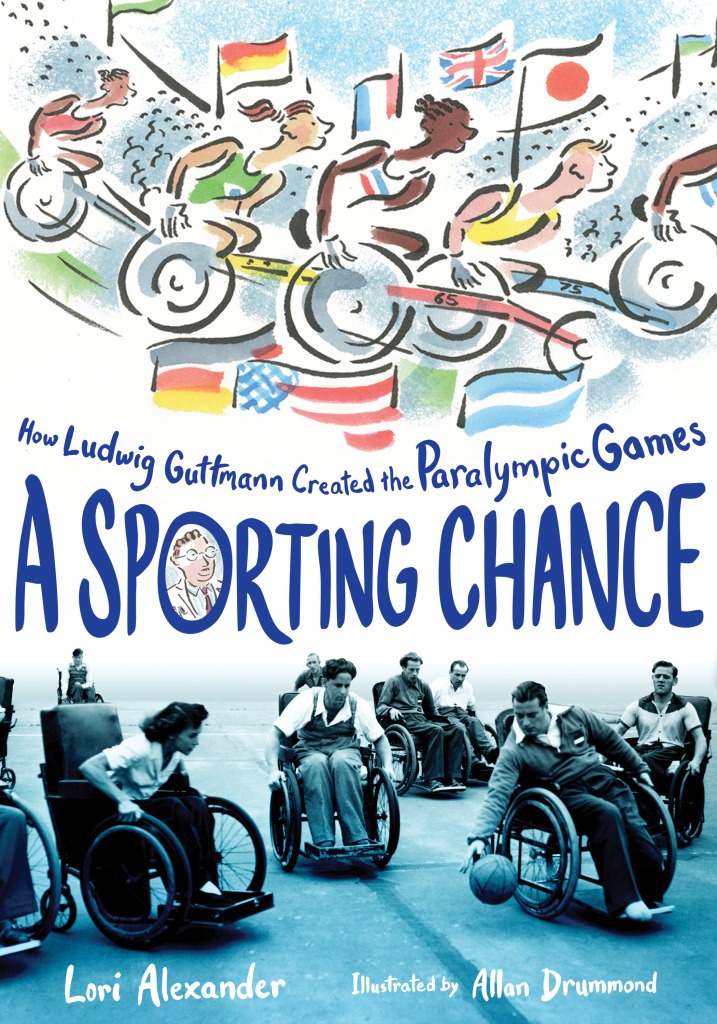
Forty were selected (more to organize than the 17 for ALL IN A DROP). For fellow authors beginning their nonfiction journey, here are a few lessons I learned along the way:
- Start early – begin searching for images when you are researching your subject.
- Stay organized – make a file of potential photos and where you found them (even if photos are not used, they may be helpful to the illustrator).
- Negotiate a photo budget into your contract.
- Try free sites first (Library of Congress, National Archives, Archive.org, WikimediaCommons),
- Low cost sites next (ShutterStock, iStock, Alamy).
- If only a high cost photo will do (from sites like Getty or Corbis), work with your publisher to leverage any discounts they may have.
- Dig deep! Family photos, personal collections, research papers, museums, and related organizations are worth exploring. A SPORTING CHANCE includes photos from the US Holocaust Memorial Museum, the International Paralympic Committee, and from research papers Ludwig published in 1947. Just be sure to obtain the proper permissions. Your publisher will have a template for signatures and other requirements.
- Technical requirements – for print reproduction, photos must be high quality (300 dpi or higher).
- Keep your audience in mind – look for images that will complement your text and delight young readers. Here, Ludwig’s patients invent the first wheelchair team sport. (Although their version of polo caused players to get pretty banged up; they soon came up with a safer game—wheelchair basketball!)
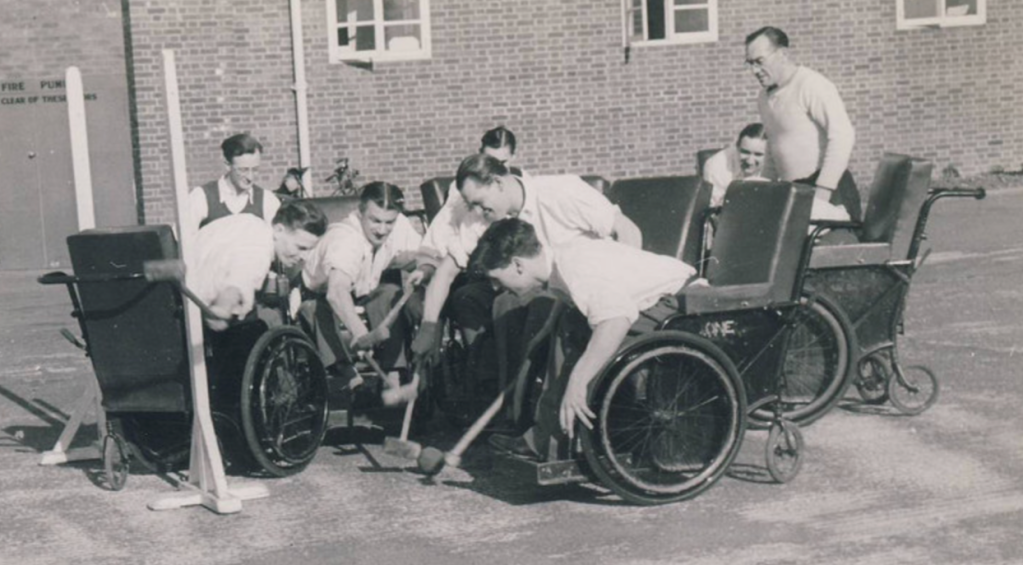
What felt like a daunting task turned out to be a fascinating experience. I had the chance to work with art directors and I felt more connected to the design and layout of both books. In the end, I wouldn’t want the job of photo research to go to anyone else. A picture is worth a bit of your advance!
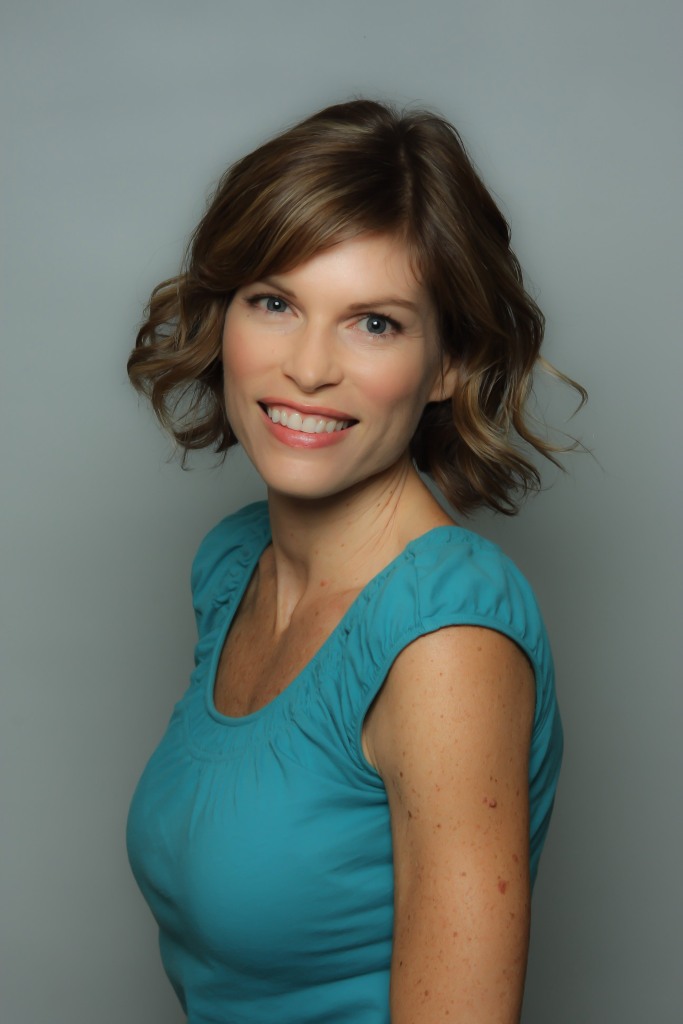
Lori Alexander loves to read and write! She has written picture books like BACKHOE JOE (Harper) and FAMOUSLY PHOEBE (Sterling) as well as the FUTURE BABY board book series (Scholastic). Her first non-fiction chapter book, ALL IN A DROP (HMH) received a Sibert Honor Award. Her new book, A SPORTING CHANCE (HMH), is a Junior Library Guild Selection and received a Kirkus starred review. Lori resides in sunny Tucson, Arizona, with her scientist husband and two book loving kids. She runs when it’s cool and swims when it’s hot. Then she gets back to reading and writing! Visit Lori at www.lorialexanderbooks.com or on Twitter @LoriJAlexander or Instagram @lorialexanderbooks

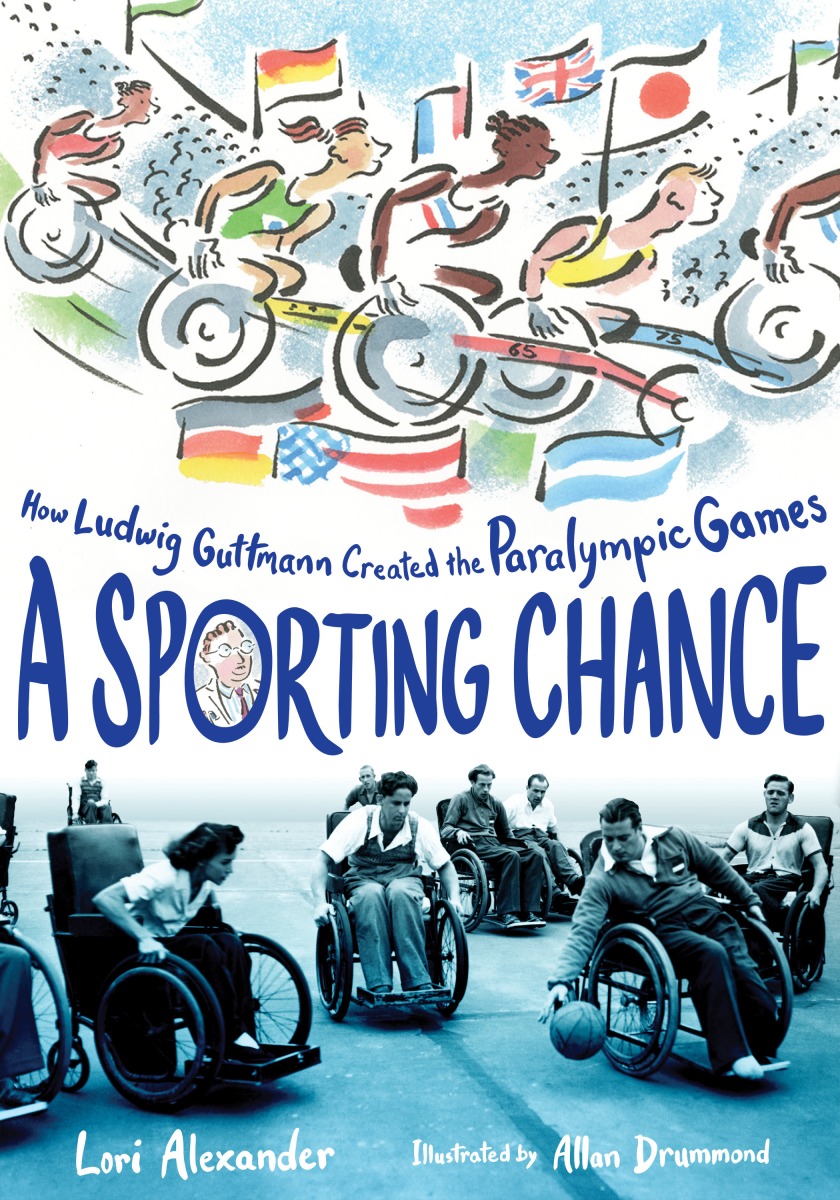
Great post! If another nonfiction author DOES what the job to go to someone else, please consider hiring a photo researcher (like me!). I know where to dig deep and I like digging.
LikeLike
Great nonfiction books for middle graders, Lori! Thanks for giving a heads up to us pre-published writer’s of nonfiction concerning the total book publishing experience! Love my signed copy of All In a Drop!
LikeLike
Thanks for being such a great supporter of my work, Lynn. Can’t wait until we can catch up in person!
LikeLike
Dear Lori, can I just say WOW?! Those images of bread mold and a fly’s leg will stay with me for a long, long time. Thank you for sharing your photo research techniques and tips. Congratulations on your past, present, and future books!
LikeLike
Thanks so much, Laura! ALL IN A DROP is filled with fascinating photos from under the microscope. There’s also one of a pig’s eye that kids love to “eeeew!” over! 🙂
LikeLike
Wonderful! Congratulations!
LikeLike
Thanks, Angie!
LikeLiked by 1 person
thanks for sharing this info! I’m bookmarking this post. 🙂
LikeLike
I’m glad this was helpful, Beth. Good luck on your project!
LikeLike
Wow Lori that’s just super information to know. That’s for sharing your research and experience. Good luck with all your writing.
LikeLike
Thanks, Deb! Glad this info was helpful. It was such a steep learning curve when I first tried my hand at nonfiction. But worth it!
LikeLike